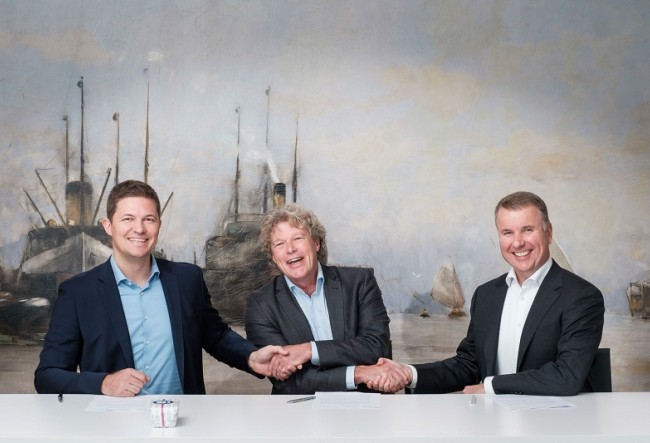The Netherlands – The Port of Amsterdam, Evos, and Hydrogenious signed a Memorandum of Understanding (MoU) reaffirming their intention to establish large-scale hydrogen import facilities at the port.
The facilities will consist of a large light water reactor (LOHC) dehydrogenation facility and associated handling and storage facilities, with a daily ultimate discharge capability of 100-500 tonnes of hydrogen. All three companies came together to form the H2A platform, which aims to build infrastructure for the import of green hydrogen through the port of Amsterdam.
The building of a LOHC import terminal and a plant for the continuous, large-scale discharge of hydrogen are two significant additions to the port’s other planned activities. Initiatives like this include building out the North Sea Canal Area’s regional and government infrastructure and launching a slew of hydrogen-related projects. In the next phase, we’ll take a look at what it’ll need in terms of manpower, cash flow, and existing facilities to get the terminal up and running in the coming years. In order to meet demand from local off-takers, the first hydrogen distribution plants must be up and running by 2028, with upgrades possible later on. At least one million tons of LOHC will be processed each year.
LOHC implementation
A feasibility study on multiple liquid hydrogen carriers has been completed, and now Evos, Hydrogenious, and the Port of Amsterdam may move forward with implementing Hydrogenious’ unique LOHC technology. This research suggests that LOHC technology is a reasonable choice that can work with the current infrastructure at the port of Amsterdam. The Evos Amsterdam terminals may easily be adapted to store and transport LOHC throughout the port and beyond.
Hydrogenious uses a thermal oil benzyl toluene (LOHC-BT) as its liquid organic hydrogen carrier since it is well-known as a heat transfer medium and has the ideal properties for safe handling at ports. Due to its properties as a flame retardant, non-explosive carrier, and high volumetric energy density, benzoyl toluene can be handled as a fossil liquid fuel inside existing infrastructure at ambient pressure and temperature. Even after being dehydrogenated, it can be utilized to bind hydrogen again and again.
Hydrogenious’ LOHC technology uses the port of Evos Amsterdam’s preexisting maritime infrastructure to provide a desirable, cost-effective, and secure alternative to current storage methods. Therefore, this cutting-edge project is an essential growth stage for pan-European hydrogen value chains connected to the port of Amsterdam. For this reason, it contributes to the acceleration of Europe’s industrial decarbonization.





